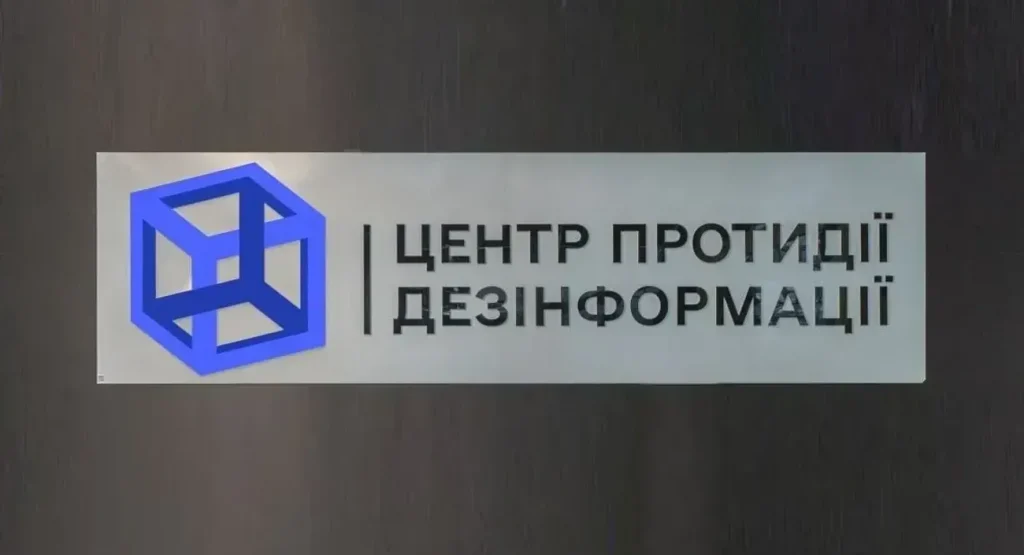Ukraine Dismisses Claims of Intensified Russian Summer Offensive, Citing Continuous Assault and Tactical Shifts
Kyiv, Ukraine – Amidst swirling reports of an impending intensified Russian summer offensive, Andriy Kovalenko, head of the Center for Countering Disinformation at Ukraine’s National Security and Defense Council, has emphatically refuted such claims, asserting that Russia’s offensive operations have never ceased. Kovalenko argues that the narrative of a “new offensive” is a mischaracterization of the ongoing conflict, attributing any perceived increase in intensity to the injection of additional Russian reserves, rather than a fundamental shift in strategy. He emphasizes that the Ukrainian Defense Forces have successfully stalled the Russian advance, discrediting the notion of a significant escalation in offensive operations.
Kovalenko’s statement directly counters reports from international media outlets, including CNN, which have suggested that Russia is amassing a substantial force of 160,000 troops near the front lines in preparation for a major summer push. These reports have highlighted minor Russian gains in specific areas, such as Pokrovsk, Kostiantynivka, and Kupyansk, interpreting these tactical maneuvers as precursors to a larger offensive. However, Kovalenko dismisses these claims, portraying them as part of an ongoing information war aimed at manipulating public perception of the conflict. He urges a more critical approach to analyzing such reports, emphasizing the importance of distinguishing between the continuous nature of the Russian assault and the injection of fresh troops, a routine aspect of protracted warfare.
The Ukrainian government’s position underscores the complex interplay of military realities and information warfare in the ongoing conflict. While acknowledging the constant threat posed by the Russian forces, Kyiv seeks to dispel the notion of a dramatic escalation in the offensive, portraying it as a continuation of existing operations with incremental adjustments. This perspective serves to reassure both the Ukrainian public and international allies, countering any perception of a sudden surge in Russian military capability. By framing the Russian deployments as reinforcements rather than the spearhead of a new offensive, Kyiv aims to maintain a sense of stability and control over the narrative surrounding the conflict.
The debate over the nature of Russia’s current military posture highlights the challenges of accurately assessing battlefield dynamics in the context of a highly fluid and information-saturated environment. While reports of troop concentrations and localized advances may suggest an intensification of offensive efforts, Kyiv argues that these are tactical adjustments within a broader, ongoing campaign. Distinguishing between strategic shifts and tactical maneuvers is crucial for understanding the evolving nature of the conflict and avoiding misinterpretations that could lead to inaccurate assessments of the balance of power and future trajectories of the war.
The differing interpretations of the current situation also reflect the divergent information landscapes shaping perceptions of the conflict. Western media reports, often based on anonymous sources and intelligence assessments, may emphasize the potential for a renewed Russian offensive, while Ukrainian officials, focused on managing domestic morale and international support, are more likely to downplay such threats. This information asymmetry underscores the importance of critical analysis and cross-referencing of information sources to gain a comprehensive understanding of the situation on the ground.
The ongoing debate over the nature of Russia’s summer campaign underscores the critical role of information warfare in shaping perceptions of the conflict. As both sides engage in narratives aimed at influencing public opinion and international support, discerning accurate assessments from propaganda becomes increasingly challenging. Understanding the motivations and potential biases of different information sources is essential for navigating the complex information landscape and arriving at a nuanced understanding of the evolving dynamics of the war in Ukraine. Ultimately, the true nature of Russia’s military posture will be revealed not through pronouncements and predictions, but through the unfolding events on the battlefield in the coming weeks and months.


